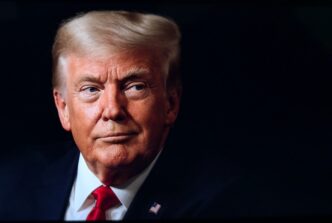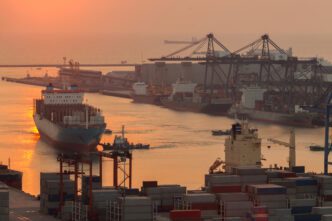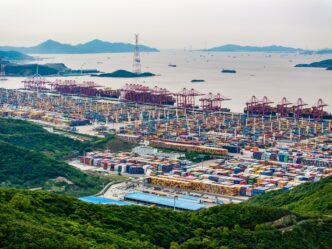Tariffs are a topic of significant discussion in today’s global economy. These taxes, imposed on imported goods, can influence international trade. It’s essential to understand how tariffs work to see their effects on consumers and businesses alike. Recent tariff implementations have sparked debates about their potential consequences on the financial landscape.
In the complex world of economics, tariffs serve as a tool for governments to regulate trade balance. By increasing the cost of imports, they aim to protect domestic industries. However, this comes with a cost, as consumers may face higher prices. This article explores the role of tariffs, their effects, and the ongoing discussions about their economic implications.
What Are Tariffs?
A tariff is essentially a tax that a government places on imported goods. This serves to make imported products more expensive, encouraging consumers to buy domestically produced items. The ultimate goal is to protect local businesses and jobs from foreign competition.
However, while tariffs aim to boost local industries, they can also lead to increased prices for consumers. This is because the added cost of the tariff is often passed down from the importer to the consumer. Understanding this dynamic is crucial in grasping the broader economic impact.
Historical Context of Tariffs
Tariffs are not a new concept. They have been used for centuries as governments sought to control imports and exports.
The intent historically has been to protect emerging domestic industries from established foreign competitors. Yet, over time, the role and perception of tariffs have evolved, especially with globalization.
In recent years, tariffs have often been part of trade negotiations, as seen in recent international agreements and disputes involving major economies. These contemporary instances provide insight into the modern economic climate.
Tariffs and Consumer Impact
One significant effect of tariffs is their impact on consumers. When tariffs are applied, the prices on imported goods rise.
For example, if a tariff is imposed on electronics, the cost of these products at retail stores might increase. This means higher expenses for the average consumer.
Moreover, tariffs can lead to scarcity. If imports slow due to high tariffs, availability decreases, driving prices even higher and affecting consumer choices.
Economic Arguments For and Against Tariffs
Proponents argue that tariffs protect domestic jobs and industries. They believe these taxes are necessary to level the playing field with international competitors.
On the other hand, critics claim that tariffs can lead to trade wars, affecting the economy negatively. They argue that tariffs introduce market inefficiencies and can lead to retaliation from other nations.
Both viewpoints highlight the complexity of using tariffs as a policy tool, with substantial implications for international trade dynamics.
Recent Tariff Policies and Their Effects
In recent years, specific tariffs have been implemented on goods from countries like China, Mexico, and Canada. These policies aimed to pressure these nations into fairer trade deals.
The ongoing debate surrounds the effectiveness of such tariffs, with various industries reporting increased costs as a direct consequence. The automotive and agricultural sectors, in particular, have noted significant impact.
Understanding these effects provides a clearer picture of how tariff policies can ripple through an economy, affecting both industries and consumers alike.
Case Studies of Tariff Impacts
Examining specific case studies helps illustrate the impact of tariffs. For instance, the steel industry was heavily hit by tariffs imposed on imported metals.
In another example, tariffs on agricultural products have altered market dynamics for farmers, affecting their profitability and market access.
These cases underscore the tangible effects of tariffs, demonstrating both challenges and adaptations faced by affected industries.
Future of Tariff Policies
The future of tariff policies remains uncertain. With frequent changes in government and international relations, these policies are continually evolving.
Predictions suggest that as global trade grows, tariffs may become either more targeted or replaced by other forms of trade regulation.
Monitoring these developments is key for businesses and consumers alike to understand and adapt to potential changes in the economic landscape.
Global Reactions to Tariff Increases
International reactions to tariff increases are varied. Some nations have retaliated by imposing their own tariffs on imports from the originating country.
Such retaliatory measures can lead to trade wars, which disrupt global supply chains and economic stability.
Diplomatically, these developments require careful negotiation to prevent escalation and maintain beneficial trade relationships.
Analyzing the Economic Landscape
The current economic landscape shows mixed responses to tariffs. Some industries benefit from the protection tariffs afford, while others suffer from higher input costs.
Overall, the economy must balance these effects to maintain growth and stability.
As tariffs continue to play a role in trade policy, their long-term economic impacts require careful analysis and understanding by stakeholders.
Ultimately, tariffs are a double-edged sword in the world economy. They offer protection but come with significant costs.
As the discussion around tariffs continues, staying informed on their implications is critical for both businesses and consumers.








